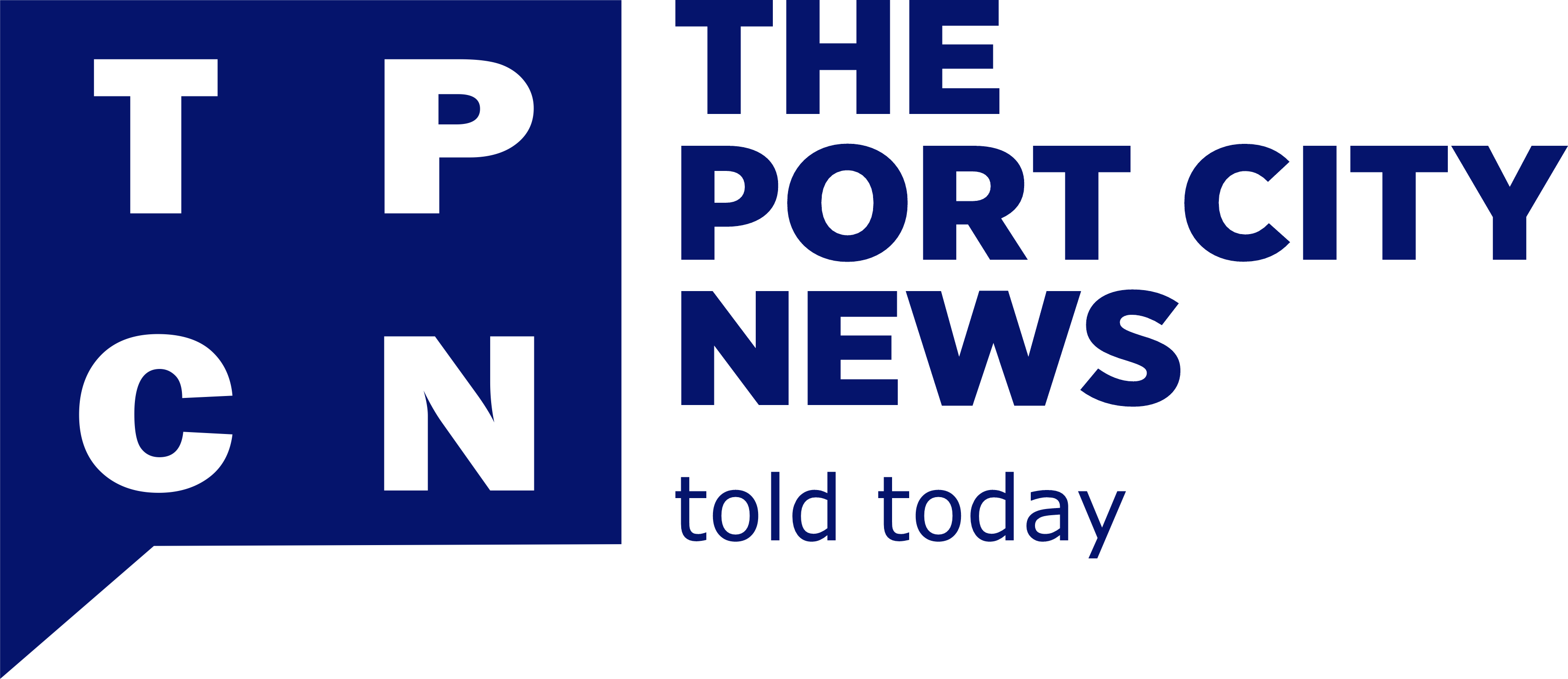Dr Jekwu Ozoemene
Asiwaju Bola Ahmed Tinubu recently released his proposed Coronavirus Economic Stimulus Programme. Though a private citizen, as a leader of Nigeria’s ruling party the APC, we believe that such recommendations coming from him require interrogation as they will find a listening ear amongst Nigeria’s policymakers.
Following an initial review, the following are our thoughts:
There are imperative policy recommendations in the treatise which can serve as defibrillators to the myocardial infraction that the nation’s economy is currently going through.
A number of the recommendations, however, raise major concerns, ranging from potential runaway inflation and exchange rate or even pulling in opposite directions, hypothetically canceling each other out.
The last set are dependent on the former to succeed;
The Imperatives –
• Recommendation No. 3 for the re-establishment of an “Agricultural Market and Commodity Board” for strategically important crops through which the government will guarantee minimum-maximum price range for the target crops in order to maintain and stabilize farm income and consumer prices”.
This is reminiscent of the defunct Western Nigeria Marketing Board (WNMB), Zambia’s Food Reserve Agency (FRA) and Ghana’s Cocoa Board that serve(d) as aggregator’s of products and guaranteed off-takers.
• Recommendation No. 4 for “Farm to Market Facilitation”, by improving the transportation of goods from farm to market and constructing new storage facilities in major urban centers, which will, in turn, provide employment for those constructing and maintaining the storage berths.
• Recommendation No. 5 for “Import Suppression” to “drive down the country’s level of imports, the sole exceptions being medicine, essential raw materials and vital products such as petrol imports that we do not produce in sufficient quantities”.
Our Major Concerns –
Recommended policies Nos. 1, 8 and 7;
Recommendation No. 1 is to “Suspend/Amend the 5% Deficit Limit of the Fiscal Responsibility Law”.
The proposal notes that “Nigeria’s Fiscal Responsibility Act prohibits fiscal deficit of more than 5% of GDP and that this provision was fashioned after the Maastricht Treaty governing membership in the Eurozone”.
It also noted that “the Eurozone members never honored the deficit ceiling even in normal times as it was too impracticable and deflationary to abide. Given the exigencies of the current moment, the Eurozone has completely ignored the Maastricht limits”.
Part II, Section 12 of Nigeria’s Fiscal Responsibility Act 2007 (Aggregate expenditure ceiling) states thus;
The estimates of:
1. Aggregate expenditure and the aggregate amount appropriated by the National Assembly for each financial year shall not be more than the estimated aggregate revenue plus a deficit, not exceeding three percent of the estimated Gross Domestic Product or any sustainable percentage as may be determined by the National Assembly for each financial year.
- Aggregate expenditure for the financial year may exceed the ceiling imposed by the provisions of subsection (1) of this section if in the opinion of the President there is a clear and present threat to national security or sovereignty of the Federal Republic of Nigeria.
Unless it has been subsequently amended, the act actually places a ceiling of 3% and not 5% (3% is also what is applicable in the Eurozone) however subsection 1 gives the National Assembly the leeway to determine a sustainable percentage for each financial year while subsection 2 allows the President to exceed it if in his opinion there is a “clear and present threat to national security or sovereignty of the Federal Republic of Nigeria”.
Against the foregoing, we are not sure that there needs to be any change unless the Fiscal Responsibility Act 2007 has since been altered and these options deleted.
If the 2007 Fiscal Responsibility Act has been altered to remove the aforementioned flexibility, then we fully agree with the idea of amending it to suit Nigerian’s peculiar fiscal idiosyncrasies. We however always advise caution when justifying or introducing a deficit or borrowing metric based on Nigeria’s GDP when only about 30% of the country’s GDP impacts the government’s revenues.
But first of all, let us look at the Eurozone countries referenced.
Under the terms of the EU’s Stability and Growth Pact (SGP), Member States pledged to keep their deficits and debt below certain limits: a Member State’s government deficit may not exceed 3% of its GDP, while its debt may not exceed 60% of GDP.
In 2018, fourteen EU Member States recorded government surpluses; Luxembourg (+2.7 %), Malta (+1.9 %), Germany (+1.9 %), Bulgaria (+1.8 %), the Netherlands (+1.5 %), Czechia (+1.1 %), Greece (+1.0 %), Sweden (+0.8 %), Denmark (+0.8 %), Slovenia (+0.8 %), Lithuania (+0.6 %), Croatia (+0.3 %), Austria (+0.2 %) and Ireland (+0.1 %).
12 Member States recorded deficits less than the recommended 3% of GDP; Poland, Portugal, Estonia, Latvia, Belgium, Finland, Slovakia, Italy, Hungary, the United Kingdom, France, and Spain.
Only two member states had deficits equal to or higher than 3% of GDP; Romania (-3.0 %) and Cyprus (-4.4 %).
While data for Q4 2019 is not publicly available, as at Q3 2019, 9 Eurozone Member States recorded government surpluses/no deficits; Portugal (+1.2), Slovenia (+0.7), France (+0.6), United Kingdom (+0.6), Finland (+0.5), Poland (+0.4), Bulgaria (+0.1), Belgium (0), Malta (0).
14 Member States recorded deficits less than the recommended 3% of GDP as at Q3 2019; Czechia, Denmark, Germany, Estonia, Latvia, Lithuania, Luxembourg, Hungary, Netherlands, Austria, Romania, Slovakia, Sweden, and Switzerland, with data from the following countries still outstanding/confidential; Iceland, Greece, Spain, Italy, and Cyprus.
So, unless this is a development from Q4 2019 or Q1 2020 (which is still not in the public domain), in recent times, the EU Member States have not “given the exigencies of the current moment”, “completely ignored the Maastricht limits”.
Now, back to Nigeria.
A complete suspension of the Fiscal Responsibility Act’s deficit cap or an increase to 25-30% of GDP as proposed in the treatise under review may be difficult to implement given the portion of Nigeria’s GDP that impacts the government’s revenue.
In earlier notes, we argued that Nigeria observes the Fiscal Responsibility Act in breach, and pointed to FGN’s Ways and Means drawings from the CBN that exceeded N5 Trillion as December 31st, 2019, against the Fiscal Responsibility Acts stipulated 5% of the prior year’s revenue (to be fully retired as at year-end) which should have been N190 Billion in 2019 (prior year’s revenue of N3.9 Trillion).
Beyond that, the real effect of lifting a GDP based maximum deficit metric from jurisdictions where close to the entirety of their GDP impacts government revenues become more apparent when you apply the metric to Nigeria’s actual budget projections.
Nigeria’s revised 2020 budget already projects that deficit will exceed revenue; an N5.19 Trillion deficit against projected revenue of N5.08 Trillion. Even the N5.08 Trillion revenue is ambitious as total revenue for 2018 when oil price averaged US$71.40 was N3.9 Trillion while half-year 2019 revenue (when oil price averaged US$64 per barrel) was N2.08 Trillion.
As at April 16, 2020, Bonny Light Crude oil price is currently at US$21.31 per barrel against a 2020 budget oil price benchmark of US$30 per barrel.
Assuming a 2019 country GDP for Nigeria of approximately US$450 Billion, the projected N5.19 Trillion deficit for the fiscal year 2020 is 3.2% of GDP, just slightly breaching the 3% recommended in the Fiscal Responsibility Act.
The real problem comes when we adjust the fiscal deficit to GDP percentage as stated in the proposed policy changes.
• 25% will result in a 2020 total budget of N45.58 Trillion; N40.5 Trillion deficit (897% of revenue), and N5.08 Trillion revenue.
• 30% will result in a 2020 total budget of N53.68 Trillion; N48.6 Trillion deficit (1,057% of revenue), and N5.08 Trillion revenue (though we concede that if handled correctly, Tax and Customs revenues should increase given the exponential increase in deficit funding).
The question will then be; how will such a deficit be funded?
In the face of significantly impaired foreign exchange earning capacity (given the crash in oil price) and reducing foreign reserves, Ways and Means to fund this quantum of the deficit will lead to runaway inflation and massive devaluation of the exchange rate.
Borrowing will lead to debt service costs (already at about 60% of revenue and will be much worse in 2020) that may exceed total revenue.
Recommendation No. 8 is the principal “Financial Sector Measures”, which includes that “the CBN should lower interest rates to single digits. This may spur some private sector (activities?) and will lower the charge on government deficit spending”. “To ensure the health of commercial banks, the CBN should give liberal access to its discount window at a virtual zero interest rate policy. To assist large businesses, maintain operations and their payrolls, the CBN can give conditional interest-free loans. Conditions could include firms maintaining their workforce and even hiring an extra 10 percent for 2-3 months but at a more reduced wage. These additional workers should be youth hired under a temporary internship or training program.”
What is being proposed here appears to be a variant of Japan’s Abenomics’ “three arrows”: (i) fiscal consolidation, (ii) more aggressive monetary easing by the Central Bank and (iii) structural reforms to boost the country’s competitiveness and economic growth.
But Japan’s economy has fundamental differences; the second-highest foreign reserves in the world at over US$1.387 Trillion (as at 2019), the largest Sovereign Wealth Fund in the World (Government Pension Investment Fund, or GPIF) at over US$1.5 Trillion (2019), and “high individual savings and high corporate wealth accumulation”.
We will touch on why this is important subsequently.
CBN giving liberal access to its discount window at a virtual zero interest rate policy will require funding.
How, and at what cost?
If it is through Non-Tax “Ways and Means” then refer to our concerns on runaway inflation and massive devaluation of the exchange rate under policy recommendation No. 1.
If it is through issuing government securities, note that the Bank of Japan (BOJ) achieved this by buying long term government bonds to increase its monetary base (GPIF owns about 10% of Japan’s stock market), easily achievable given that at the time, 95% of Government securities in the country were held by local investors.
In essence, individuals ploughed back their savings, pensions funds and corporates invested pensions and accumulated wealth while banks invested excess liquidity.
An unintended consequence of such aggressive monetary easing is that it also increases bank deposits. These funds end up back in Government securities given low deposit rates, the unavailability of quality risk assets and the zero risk nature of government securities.
The implication is that demand for these securities will go up which means that interest will rise unless artificially managed down.
Now, if interest rates of zero risk bond securities rise, why should banks still be interested in lending?
In the absence of a Sovereign Wealth Fund like GPIF that can absorb 10% of the market, significant individual savings, corporates with capital accumulation looking for high return zero risk investments, and pension funds with huge investment portfolios, if the commercial banks are excluded from participating in the bond market, where will the uptake come from?
Foreign Portfolio Investors?
So on one hand, the central bank is giving out money to banks at almost zero interest rate, and on the other hand, it is issuing securities at high interest creating significant opportunities for arbitrage by banks, corporates, individuals and possibly Foreign Portfolio Investors.
Based on this proposal, the central bank will not just be increasing its monetary base to fund commercial banks at zero percent, it will be doing the same to fund a Federal Government deficit that is proposed to increase exponentially.
Persuading Commercial Banks to Reduce Lending Rates
If it is specifically by convincing commercial banks to reduce lending rates, then this may go against the Central Bank’s current inflation and exchange rate targeting strategy.
Some background.
It is often confusing when the government or people close to the government ask commercial banks to reduce their lending rates.
Other than costs like an NDIC premium of 0.35% on its deposit liability portfolio as at December 31st of the previous year; an AMCON Resolution Cost of 0.5% of the bank’s total assets; security costs; the cost of capital, General Loan Loss Provision of 1% of Risk Assets portfolio, the Central Bank, through its Cash Reserve Requirement (CRR) and Differentiated Dynamic Cash Reserve Requirement regime” (DDCRR) is one of the major reasons why lending rates of Nigeria’s commercial banks remain in double digits.
The Central Bank mops up liquidity from money deposit banks (deposits that the banks mobilized at a cost) through CRR and DDCRR, pays zero interest on such balances, then “substance over form”, turns around to lend that money to the Federal Government through Ways and Means at zero interest.
We say “Substance over Form” because as of December 31, 2019, the debit balance on Federal Government’s Ways and Means account with the CBN was almost the same as Money Deposit banks’ Cash Reserve Requirement credit balance with the CBN.
In Nigeria, CRR is currently at 27.5% of local currency deposits (an increase from 22.5% in January 2020, which at the time was already among the highest in the world) and DDCRR is used as a monetary policy tool for inflation and exchange rate targeting.
CRR arises from and is a percentage of a bank’s deposit liabilities. Given that it is at 27.5%, when a bank’s deposits increases, it is expected that the bank increases its CRR with the CBN accordingly, and when the deposit reduces, the CBN releases the excess CRR back to the bank.
In the case of DDCRR, when the bank’s deposits reduce, the excess reserve (above 27.5% of deposits) held with the CBN is not released back to banks. Consequently, some of the Tier 1 banks may end up with DDCRR far in excess of 27.5%. Some allege that it could range between 40- 60% of Local Currency Deposits.
A very high CRR and DDCRR radically reduces the loanable funds in the system. This is good as an inflation and exchange rate management tool as it reduces the amount of money available in the system to chase a limited supply of foreign exchange and other products and services.
The unintended consequence, however, is that it pushes up the lending rate and limits banks’ ability to fund local currency loans despite the CBN’s 65% loan-to-deposit ratio for banks to encourage more lending.
Consequently, one way of increasing loanable funds and reducing lending rates at the same time will be for the CBN to reduce CRR and DDCRR for banks to what is obtainable amongst Nigeria’s Emerging Markets peers. Better still, even to 1% that was obtainable in the Nigerian banking in the early 2000’s.
This could immediately easily inject approximately N5 Trillion back into the banking system to be used for loan creation. However, this will mean that the CRR with CBN will no longer be available for the FGN to borrow at zero cost and will result in a significant increase in FGN’s Domestic Debt service costs. It will also lead to an additional liquidity impact of any future Ways and Means drawings, with increased inflation and exchange rate pressures.
Forcing lending rates down to single digits will also mean that the CBN will have to address all the other costs to commercial banks mentioned earlier.
If this is combined with the proposal to increase deficit funding, then it portends an exacerbation of the runaway inflation and exchange rate that the increased deficit funding could cause.
No. 7 recommends a “Diplomatic Push for Debt Relief” and for “African Finance and Foreign Ministers (to) join a coordinated effort for debt forgiveness”, or alternatively, “the World Bank and other DFIs should agree to a wholesale rollover of the debt of African nations by reducing the interest rate burden of African nations by at least one half”.
We have consistently stated in earlier notes that debt relief is easier when it comes to Multilateral and Bilateral debt, however commercial lenders will likely only play ball after applying default interest and penalties.
We have no doubt that some form of debt relief will come from both the Multilateral and Bilateral lenders (this is why we have advocated for a focus on Multilateral and Bilateral borrowings) however the problem will be with Commercial lending.
Unlike in June 2015 when Nigeria’s Commercial external debt was only US$1.5 Billion, as at December 31st, 2019, the nation’s Commercial debt stood at US$11.168 Billion, mostly made up of Eurobonds. It is this debt that is very likely to attract default penalties and fees on late repayment, restructures or rollovers.
Finally, two of the recommended policies Nos. 2 (Emergency Sustenance Payments – emergency sustenance relief to most Nigerian households, especially the recently unemployed, via cash payments) and 6 (Maintain and Expand School Feeding Program) are hinged on the successful implementation of recommended policies Nos. 1, 8 and 7.
Thus, from the foregoing, other than execution, the greatest challenge to Asiwaju’s proposed policies will be funding (whether via debt or by Government borrowing from its Ways and Means account with the CBN) and managing the resultant inflation and exchange rate pressures.
Jekwu Ozoemene
Managing Director / CEO
Lyceum Alliance Limited.




